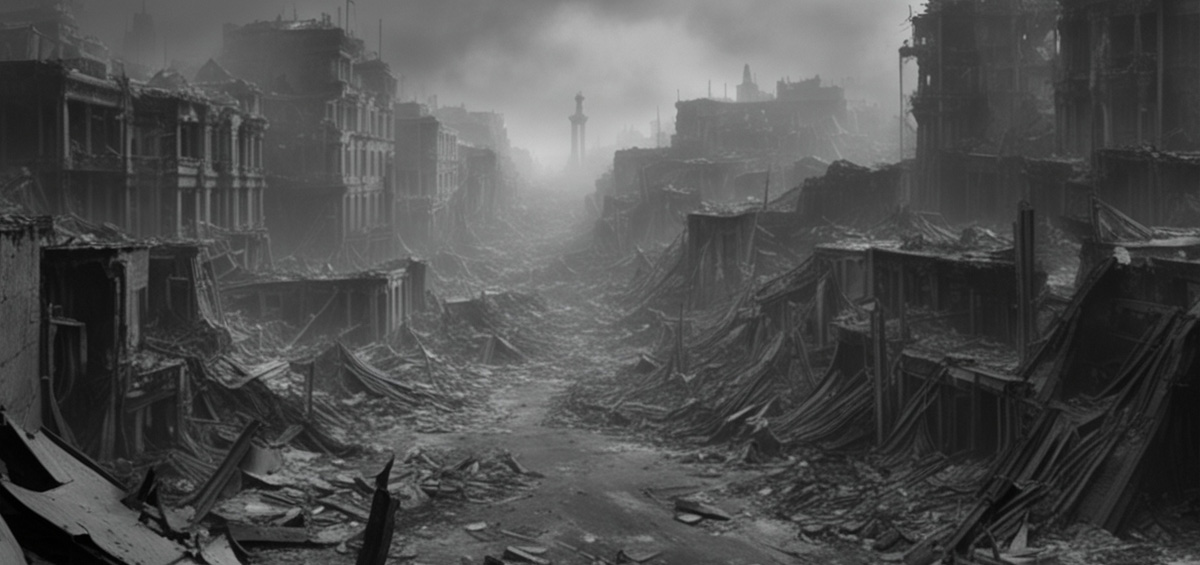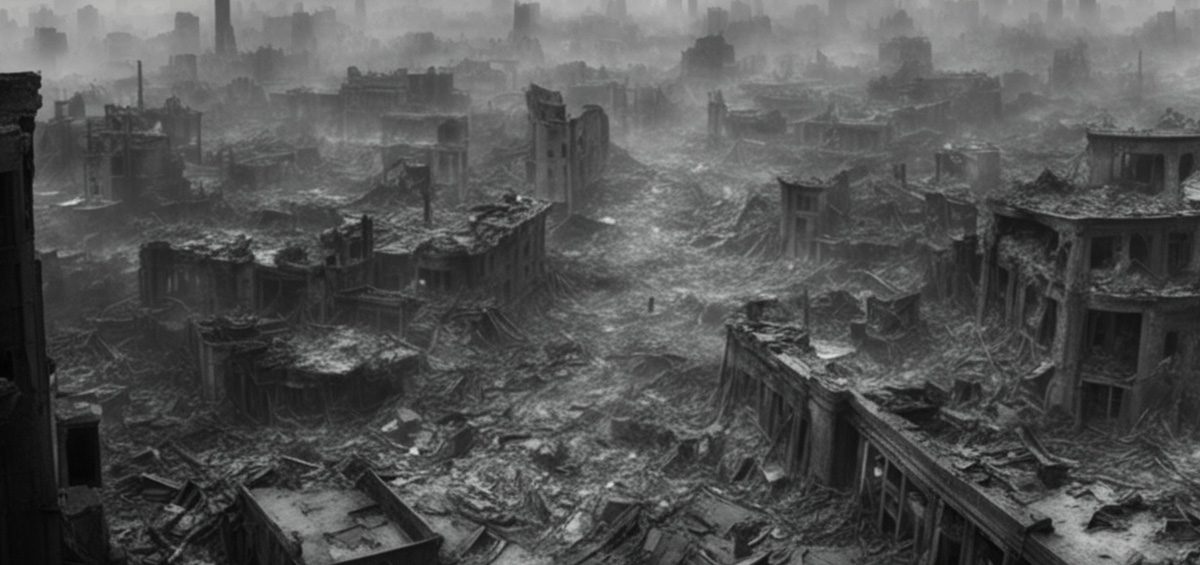Earth shakes every day. Earthquake of magnitude 9 is one of the most devastating natural disasters known to men. Although it can be worse as the scale that measure quakes ranges from 1 to 12.
Earthquake of magnitude 1
These earthquakes are so small that they are expressed in negative numbers on the magnitude scale The Richter scale, developed in 1935 by Charles F. Richter, is a base-10 logarithmic scale used to rate the magnitude of an earthquake, with each order of magnitude being 10 times more intense than the last.
Earthquakes with magnitudes of 1 or less are usually not felt by people and are recorded only on local seismographs. For example, a magnitude 1 seismic wave releases as much energy as blowing up 6 ounces of TNT.
Most earthquakes that occur each year are much too small to be felt by most people
Earthquake magnitude 2
This earthquake produces 10 times more maximum ground motion than a magnitude 1 earthquake. Earthquakes with magnitudes of 2.5 or less are usually not felt by people and can be recorded by seismographs only. These earthquakes are often referred to as micro-earthquakes. The Richter scale has no upper limit, but in reality, the Earth itself provides an upper limit due to the strength of rocks and limits the scale up to 12.
Earthquake magnitude 3
These are considered minor and are usually not felt by people.
Earthquake magnitude 4
This one is still considered a minor earthquake but cause slight damage to buildings and other structures.
Earthquakes with magnitudes of about 4.5 or greater, of which there are several thousand annually, can cause light to moderate damage.
Effects of an earthquake depend on several factors, including the depth of the earthquake, the distance from the Epicenter, and the type of soil or rock the seismic waves travel through. Therefore, it is important to be prepared for earthquakes of any magnitude and to follow safety guidelines during and after an earthquake to minimize the risk of injury or damage to property.

Earthquake magnitude 6
An earthquake with a magnitude of 6 is still considered a moderate but can cause significantly more damage to buildings and structures. Earthquakes of magnitude 6 to 7 may cause many structures to collapse and cracks to appear on the ground.
Earthquake magnitude 7
This magnitude quake is considered a “major” earthquake and can cause serious damage over larger areas. It can cause many buildings to collapse and inflict considerable damage. The severity of the damage caused by an earthquake also depends on the design and construction of the buildings and structures in the affected area.
Earthquake magnitude 8
Level 8 and above can cause widespread destruction and trigger landslides.
The severity of the damage caused also depends on the design and construction of the buildings and structures in the affected area.
For example, the 1985 earthquake that devastated Mexico City was an 8. The 2004 Indian Ocean earthquake, also known as the Sumatra-Andaman earthquake, had a magnitude of 9.1 and caused widespread devastation in the affected areas.
The 2011 Tohoku earthquake in Japan, caused widespread destruction and triggered a tsunami. Remember Fukushima nuclear accident? This quake and tsunami caused it.
Earthquake of magnitude 9
A magnitude 9 Earthquake is extremely powerful and can cause catastrophic damage over a very large area.
This category is 1,000 times more powerful then one of a magnitude 7. Can lead to widespread destruction, trigger tsunamis, and have long-lasting impacts on the affected region. Shaking can last for five minutes or longer.
According to the U.S. Geological Survey, the most powerful quakes could leave few if any masonry buildings standing.

Quakes of magnitude 10 and above
This is a theoretical event, as it is doubtful that there are any fault lines on Earth big enough to release a magnitude 10 earthquake.
If such an event were to occur, it would be extremely powerful, with the ground shaking just as hard as from 9, but for a much longer duration, perhaps as much as 30 minutes.
While no recorded instance of a magnitude 10 earthquake exists, the potential for devastation would be immense, with widespread destruction, tsunamis, and long-lasting impacts on the affected region. The 2011 Tōhoku earthquake off the coast of Japan, which had a magnitude of 9.1, created a tidal wave 40m high and shifted the entire main island of Honshu east by 2.4m, resulting in the collapse of over 127,000 buildings and almost 16,000 deaths.
The shaking from a magnitude 11 earthquake could last for an extended period also. The energy released by a would be staggering, up to 100 times greater than that of a magnitude 9 earthquake and the devastation to the infrastructure would be near that of an atomic bomb.
The concept of an earthquake with a magnitude of 12 is purely theoretical. The world has only ever experienced a 9.5 magnitude earthquake, which occurred on May 22, 1960, near Valdivia, in southern Chile.
In reality, earthquakes of such extreme power are not feasible. If it ever happen it would be significantly greater than any earthquake recorded in history and would have the potential to cause catastrophic and widespread destruction.
Hopefully, it’s important to note that such an event is not considered a realistic possibility based on current understanding of seismic activity and fault lines.
